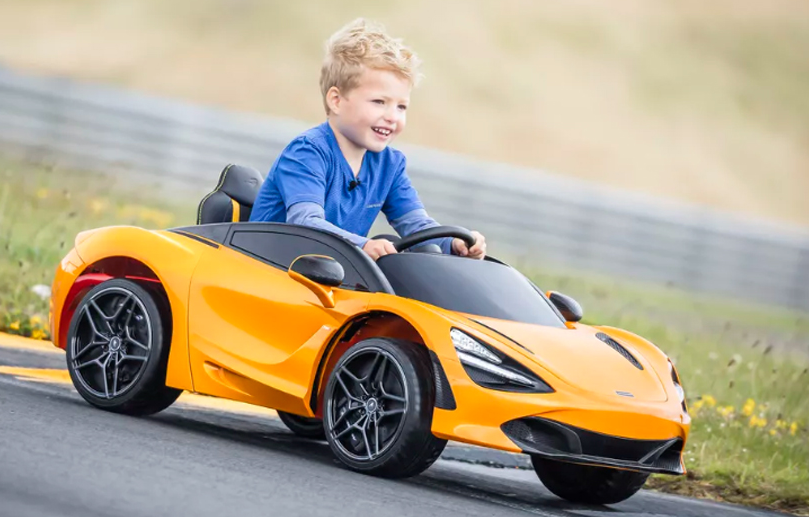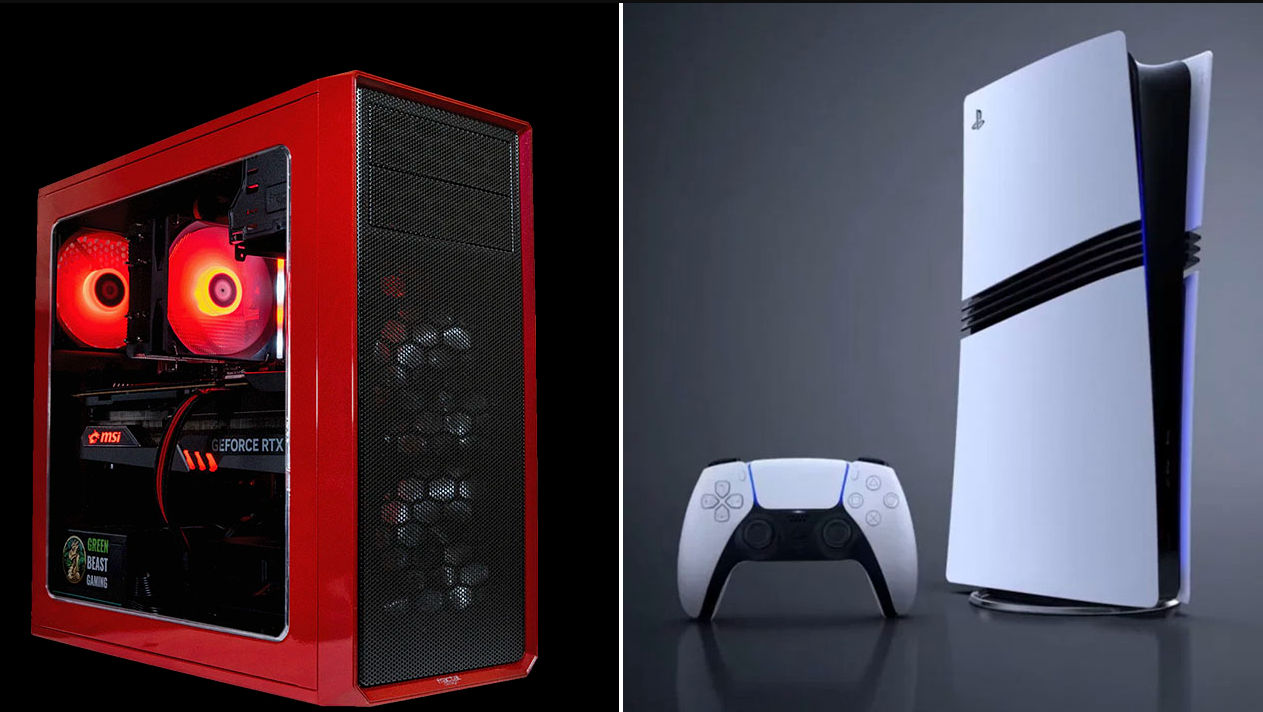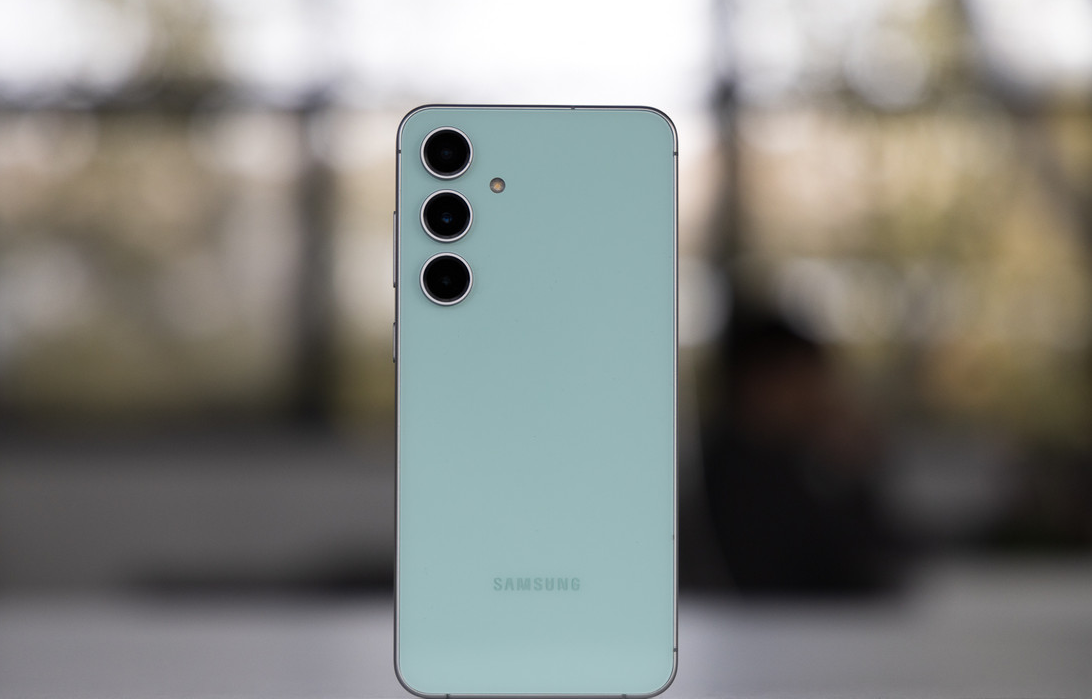Choosing a children’s electric car is not just buying another toy, but an investment in your child’s development and entertainment. A children’s electric car can be a great way to develop motor skills, coordination and just a good excuse for active outdoor games. Here are a few key points to consider when choosing this exciting vehicle.
Safety first
The first and most important thing to consider is safety.
Sustainability
- Look for models with a wide base and a low centre of gravity. This makes the electric vehicle more stable and minimises the risk of tipping over when cornering or driving on uneven surfaces.
Reliable brakes
- The braking system should be intuitive for the child and easily accessible. Some models are equipped with automatic brakes that are activated when the accelerator pedal is released for added safety.
Speed limitation system
- This is especially important for younger children who may not appreciate the dangers of driving too fast. Speed limiting systems allow parents to set a maximum speed appropriate to their child’s age and driving experience.
Seat belts
- Even if the electric car doesn’t reach high speeds, the seat belts can protect your child in case of unexpected braking or if the car accidentally flips over.
Quality of materials
- Choose electric cars made of durable, non-toxic materials. The plastic should be thick and impact resistant to withstand frequent use and various weather conditions.
In addition to these technical specifications, it is also important that the children’s electric car is certified to the relevant safety standards. Certification is proof that the product has passed rigorous safety and quality tests.
Age of the child and size of the machine
Here are a few details to look out for when making your selection:
For toddlers 1-3 years
For the youngest children, models with a low maximum speed (about 2-3 km/h) and basic functions are ideal. It is important that the machine has:
- Remote control for parents: This allows adults to control the machine, keeping your child safe from possible dangers.
- Enclosed motor and wheel housing: Protection against accidental pinching and injury.
- Soft corners and edges: To prevent cuts and bruises during accidental collisions.
For children 4-7 years old
Children of this age are already more confident in driving cars and are ready for higher speeds (up to 5-6 km/h). Choose models that offer:
- Realistic control functions: Like steering wheel, gas and brake pedals, to develop motor skills and coordination.
- More functionalities: Such as sound effects,
working headlights, and the ability to play music, making the game even more interesting and engaging.
- Improved stability and manoeuvrability: Allows children to better control the machine on different surfaces.
For children 8 years and older
Children in this age group are ready for even more challenging and faster models that can reach speeds of up to 8-10 km/h. Ideal models should include:
- More advanced control options: This could be a more sensitive steering wheel, multi-position speed shifters, and even the ability to switch between manual and automatic control.
- Highly durable materials: Given that children will use the machine more aggressively, the materials must be able to withstand increased stress and wear.
- Safety Systems: Although children are older and smarter about safety, it is still important to maintain basic safety systems such as seat belts and automatic brakes when the accelerator pedal is released.
General tips
- Trying on before buying: If possible, let your child sit in the car before buying. This will help make sure the size fits and your child feels comfortable driving.
- Consider your child’s interests: Electric cars often mimic the appearance of real cars, so choosing a model that your child likes will increase their interest and enjoyment.
Battery and operating time
The quality of the battery affects not only the duration of play, but also the overall usability and durability of the car itself. Let’s take a closer look at what you should pay attention to when choosing a battery for a children’s electric car:
Types of batteries
- Lithium-ion batteries: As you mentioned, they are preferred due to their lightness, faster charging and longer battery life. They are also less prone to the memory effect, which can reduce battery efficiency if not charged properly.
- Lead-acid batteries: Although they are heavier and have a shorter lifespan, they are often cheaper and can be a good choice for more budget-friendly electric car models.
Operating time
- The battery life on a single charge can vary greatly depending on the model of the electric vehicle and the operating conditions (e.g. speed, type of surface, weight of the child). Typically, this time is between 1 and 4 hours of active use.
- It’s important to consider how often your child will use the machine and how long they can ride it without additional charging.
Charging speed
- Lithium-ion batteries charge much faster than lead-acid batteries. On average, a full charge takes between 2 and 5 hours, depending on the size and capacity of the battery.
- Charging time is important to consider if the electric car will be used regularly or if you have several children who will alternate use of the car.
Maintenance tips
- Charge the battery regularly: To maintain the health of the battery and extend its life, it is recommended not to leave it completely discharged for long periods of time.
- Store in a cool and dry place: Avoid exposure to extreme temperatures as this may adversely affect battery performance and longevity.
Design and functionality
Design
- Visual design: The choice between classic, sports cars or cars styled after favourite characters from cartoons or films can greatly influence a child’s desire to play with the car. Interest in a particular style can vary depending on the child’s personal preferences and age.
- Colours and decorations: Bright colours or the option to personalise the design, such as stickers or flags, can add personality and increase a child’s attachment to their electric vehicle.
Functionality
- Realistic elements: Working headlights, sound signals, steering and doors that open can enhance realistic play and stimulate your child’s imagination. These elements help to create the illusion of real driving.
- Music Features: Having an MP3 player or in-built sound effects such as engine sounds, horns and music can increase the fun of play and even develop your child’s musical skills.
- Interactive features: Some models offer interactive elements such as training programmes or games integrated into the machine control system, which can facilitate learning during play.
Other aspects
- Age-appropriate: Make sure that the design and functionality are adapted to the age of the child. Younger children may find simpler and safer models suitable, while older children may be interested in machines with more complex and multifunctional controls.
- Weather resistance: If the electric vehicle will be used outdoors, make sure the materials and construction are resistant to various weather conditions to ensure durability and safe use.
Durability and maintenance
Structural strength
- Materials: Look for electric cars made of high quality, impact-resistant plastic and metal. These materials should be able to withstand bumps, drops, and other types of mechanical abuse that are unavoidable in everyday use by children.
- Construction: Pay attention to the build quality – all parts should be securely fastened and fasteners should not loosen over time.
Convenience of service
- Cleaning: The surfaces of the electric vehicle should be smooth and easy to clean. Avoid models with many hard-to-reach places where dirt can accumulate.
- Maintenance: Choose machines that do not require frequent maintenance. Some models are designed so that all major functions (such as battery, motor and electronics) are protected from dust and moisture, reducing the need for regular maintenance.
Battery replacement and availability of spare parts
- Battery: Ensure that the battery is easily accessible for replacement. This is important because batteries wear out over time and may need to be replaced to maintain the original performance of the electric vehicle.
- Spare parts: The availability of spare parts such as wheels, handlebars or pedals is important for convenience and the ability to repair the electric vehicle when needed. Check whether the manufacturer offers easily accessible spare parts and service support.
When choosing a children’s electric car, it is important to consider not only what your child wants, but also practical aspects such as safety, convenience and durability. A careful approach to the choice will help to ensure not only joy for your child, but also peace of mind for you as a parent. After all, when a toy is safe, comfortable to use and durable, it significantly reduces the risk of accidents and increases the longevity of the toy, which makes investing in such an electric car particularly worthwhile.
Make your next purchase of a children’s electric car more favourable with reBITme. You’ll love saving money!





